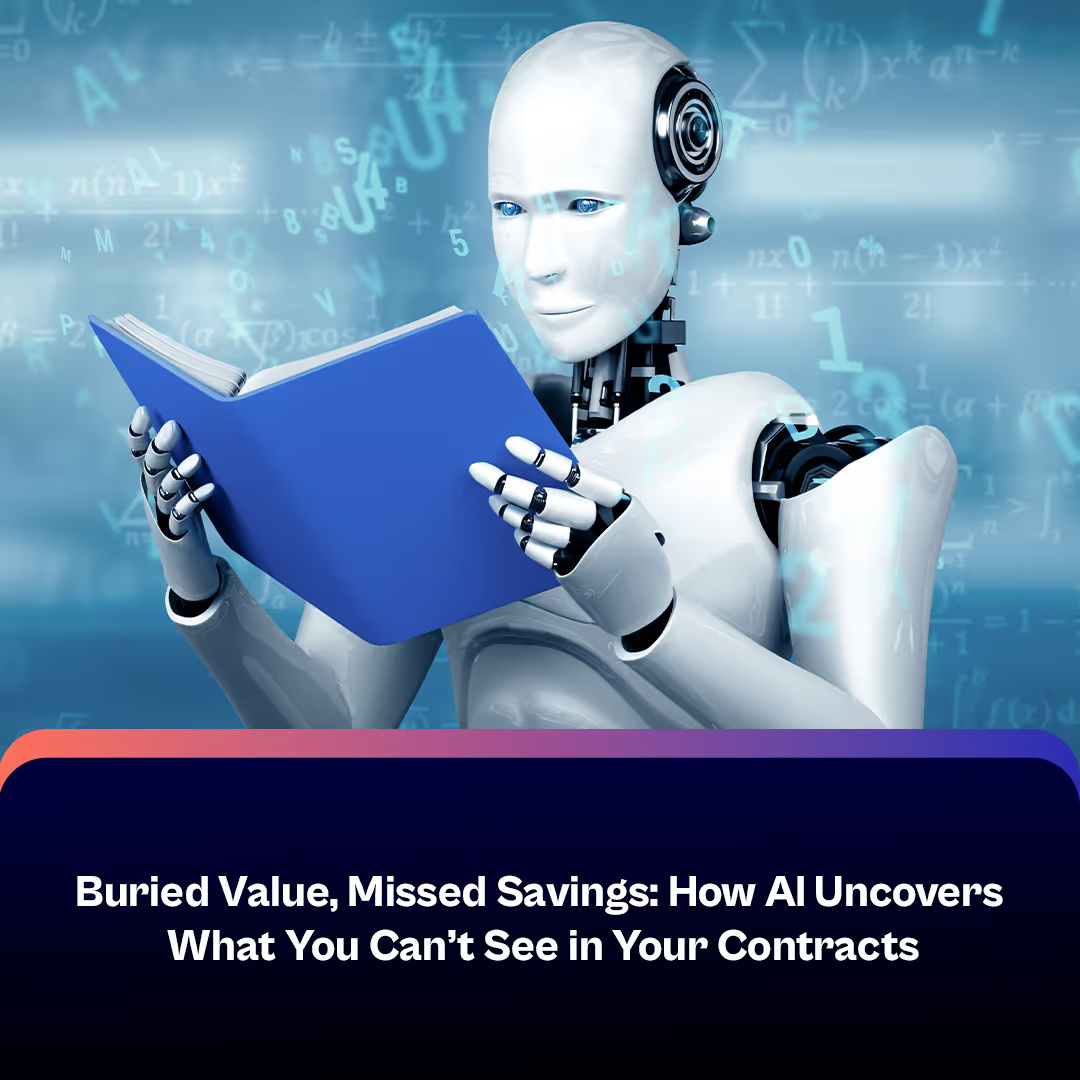Relationship vs. Results: What’s Your Approach with Suppliers?
In today’s world of commodity price swings, supply shocks, and trade uncertainty, procurement leaders are back at the negotiating table, again and again.
But here’s the catch: How you negotiate depends entirely on who you’re negotiating with.
Turns out, the answer isn’t one-size-fits-all, but it’s far from arbitrary either.
Over the past few months, we spoke with procurement leaders across industries, from CPG and chemicals to healthcare and retail. The common thread? The best teams calibrate their relationship strategy based on supplier value, and they’re using tech to scale that approach.
In this blog, we'll explore how leading procurement teams strike this crucial balance and how AI agents are enabling them to do it at scale.
The Spectrum: Strategic Partner or Transactional Vendor?
One leader at a Fortune 100 logistics firm put it simply:
“When you’re managing 100+ suppliers, 80% of them will be routine or low-spend. With them, it’s all about cost and SLA adherence. But for the top 5%, those that power critical systems or represent high-risk categories, rapport is the lever.”
Another CPO from a global chemicals company said:
“We track our key suppliers on more than performance metrics; we track executive alignment, escalation friction, and joint innovation. Because when things break, it’s the people who get us through, not the contract.”
That nuance, treating relationships not as a soft skill but as a risk mitigation and innovation driver, is increasingly seen as the hallmark of mature procurement organizations.
Harder Conversations Get Easier When Trust Runs Deep
A leader from a Fortune 500 industrials firm shared how a strong supplier relationship recently helped her team avoid a 9% price hike:
“They came in with the increase, citing inflation. We didn’t push back immediately. We had dinner. We talked about their internal pressure. Then I proposed a volume rebate tier they hadn’t considered before. They took it. We got the same net cost with more flexibility.”
These "relationship dividends" show up in softer forms too, faster turnarounds, inside intel, willingness to co-invest in innovation, or being first in line during shortages.
Not All Relationships Deserve Equal Investment
Multiple leaders cited models like the Kraljic Matrix or Supplier Preferencing to help map where to invest time and relationship capital. But nearly all emphasized that you also need to ask: How do they see you?
“I had a supplier that called us a strategic partner in slide decks but treated us like a mid-tier account in negotiations. I used data—volume, revenue contribution, forecasted growth—to shift their view. That changed the whole dynamic,” said one director at a global electronics firm."
In other words: It’s a two-way street. Managing relationships isn’t just about how you classify them; it’s also about how they classify you.
The Role of AI Agents in Scaling This Balance
AI agents equips your teams to enter every discussion with a clear advantage, knowing exactly where to push for better terms and where to strengthen strategic relationships. Instead of relying on post-facto tracking, these agents give you real-time dashboards and analytics across tens of thousands of contracts, regardless of who negotiated them.
Take payment terms as an example. If 85% of your suppliers are at 60+ days but 15% are at 30 days or less, the platform flags the outliers. That insight arms you with options, renegotiate to match the benchmark, or secure early payment discounts where shorter terms remain.
AI agents also:
- Detect leakage in rebates, clawbacks, or volume discounts
- Identify inconsistent commercial terms across BUs and geographies
- Surface supplier-specific history, performance trends, and contractual obligations ahead of every negotiation
- Recommend negotiation tactics based on past vendor behavior and industry benchmarks
The result: Procurement leaders spend more time deepening relationships with strategic suppliers, while using standardized, data-backed levers to drive cost savings and improve terms across the rest of the base.
As one procurement VP put it:
“Contract intelligence gives me a 360° view before I step into any supplier conversation. It’s like having an assistant who’s studied our history, knows what we’re trying to do, and preps me for the ask. That’s a game changer.”
Final Word
The smartest procurement teams are no longer choosing between relationship or results; they’re engineering systems that allow both. They invest in supplier intimacy where it matters, use tech to scale where it doesn’t, and apply consistent principles backed by data and empathy.
In the words of one leader we spoke with:
“You catch more wins with trust than tension. But trust doesn’t mean weakness; it means leverage, built over time.”
Enterprise-Grade Security and Privacy


Experience the Simpli Era
of Contracting
of Contracting
SimpliAI is a no-brainer. It doesn't even compare, and is a fraction of the cost.

Your submission has been received!
We will reach out to you soon




.jpg)
.webp)
.webp)